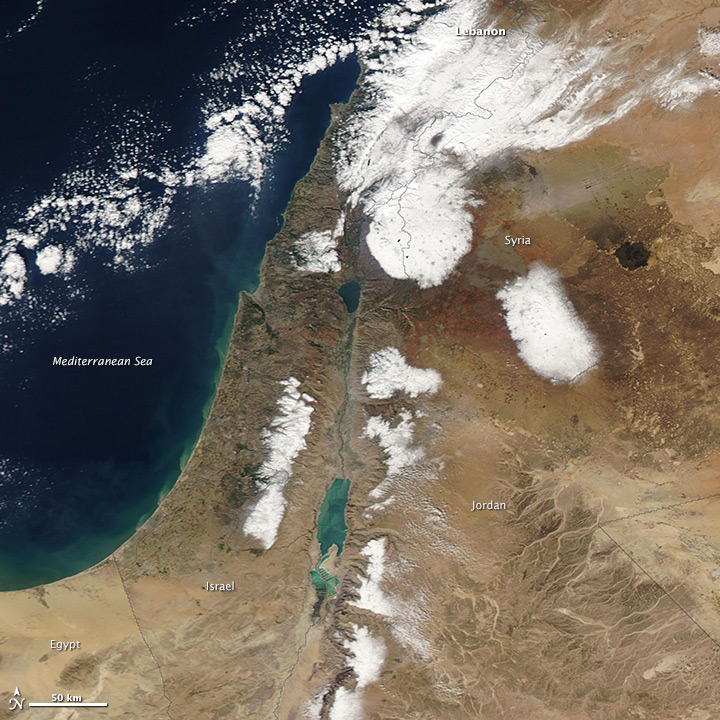Terra is now well into her teenage years, but is by no means setting records for the longest operating satellite. In fact, Terra has only been collecting data half as long as Landsat 5, which set the record for longest operating satellite last year after operating for 28 years and 10 months. Terra has surpassed its intended design life by 8 years, but it is still collecting meaningful data, giving scientists insight into how different systems on Earth effect each other.
Beyond Terra’s contributions to scientific research, it continues to help monitor forest fires, equipping land managing agencies with the ability to track a fire’s progress and identify areas of concern. Terra also continues to witness phytoplankton blooms, monitor changes in ice shelves, witness volcanic eruptions, and track dust, haze and smog as it travels from its source. Terra is improving climate and weather models, helping forecasters make better predictions.
In addition to Terra’s scientific and climate contributions, it continues to showcase how the United States in partnership with other countries, like Japan and Canada, can work together to increase knowledge and gain a better understanding of Earth’s varying climate and the interconnectedness of Earth’s systems. Since Terra’s launch, other satellites such as the Global Precipitation Measurement (GPM), expected to launch in 2014, have followed Terra’s lead by partnering with other countries to provide scientist’s with a wide array of information to better understand Earth.



